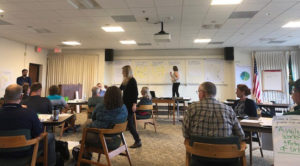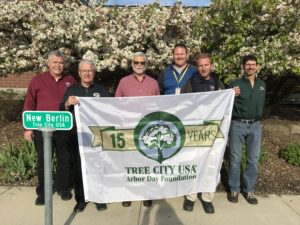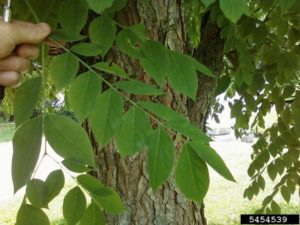By Bill McNee, forest health specialist, Oshkosh, Bill.Mcnee@wisconsin.gov, 920-360-0942
Many people interested in trees know about Wisconsin’s white, green and black ash species. However, there’s a fourth species that fewer people know about. Blue ash, Fraxinus quadrangulata, occurs naturally only at a few sites in Waukesha County. It can easily be identified by the cork ridges on the twigs, which give them a four-sided, square appearance. The tree was given its name because of the blue dye that is produced by soaking the inner bark in water.
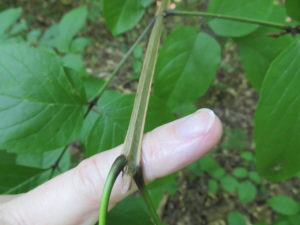
Four-sided, square twig of a blue ash. Photo by Bill McNee.
Continue reading “Blue ash: Wisconsin’s little-known ash tree”

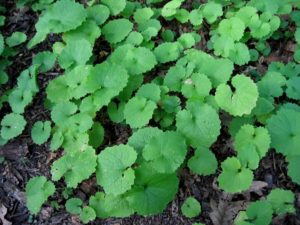
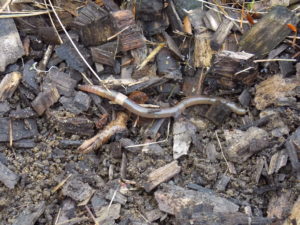
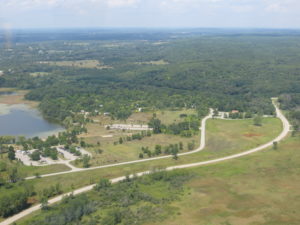
 The history of the Wisconsin DNR Urban Forestry program is closely tied to the history of urban forestry in the United States. Although the term ‘urban forestry’ did not come into use until 1965, the concept of an integrated approach to the management of the urban forest ecosystem began to take shape as early as the 1930s. The devastation caused by diseases such Dutch elm disease, phloem necrosis, and oak wilt was a driving force in the development of the field of urban forestry. The term ‘urban forestry’ was first used in 1965 at the University of Toronto to describe a graduate student’s research on the successes and failures of municipal tree planting projects in Toronto. The term was quickly adopted in the United States, where urban forestry had already begun to grow into a national movement. (Source: Mark Johnston, “A Brief History of Urban Forestry in the United States,” Arboricultural Journal 1996, Vol. 20, pp. 257-278.)
The history of the Wisconsin DNR Urban Forestry program is closely tied to the history of urban forestry in the United States. Although the term ‘urban forestry’ did not come into use until 1965, the concept of an integrated approach to the management of the urban forest ecosystem began to take shape as early as the 1930s. The devastation caused by diseases such Dutch elm disease, phloem necrosis, and oak wilt was a driving force in the development of the field of urban forestry. The term ‘urban forestry’ was first used in 1965 at the University of Toronto to describe a graduate student’s research on the successes and failures of municipal tree planting projects in Toronto. The term was quickly adopted in the United States, where urban forestry had already begun to grow into a national movement. (Source: Mark Johnston, “A Brief History of Urban Forestry in the United States,” Arboricultural Journal 1996, Vol. 20, pp. 257-278.)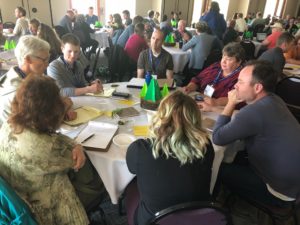 The Urban Forestry Team provides guidance, training, information, funding and professional connection opportunities to municipal foresters and other professionals to achieve sustainable urban forestry management. In a (hickory) nutshell, our work falls into the following five categories:
The Urban Forestry Team provides guidance, training, information, funding and professional connection opportunities to municipal foresters and other professionals to achieve sustainable urban forestry management. In a (hickory) nutshell, our work falls into the following five categories: “What is it about this place?” I wondered. “Why does this city feel so harsh, so disheartening?”
“What is it about this place?” I wondered. “Why does this city feel so harsh, so disheartening?”